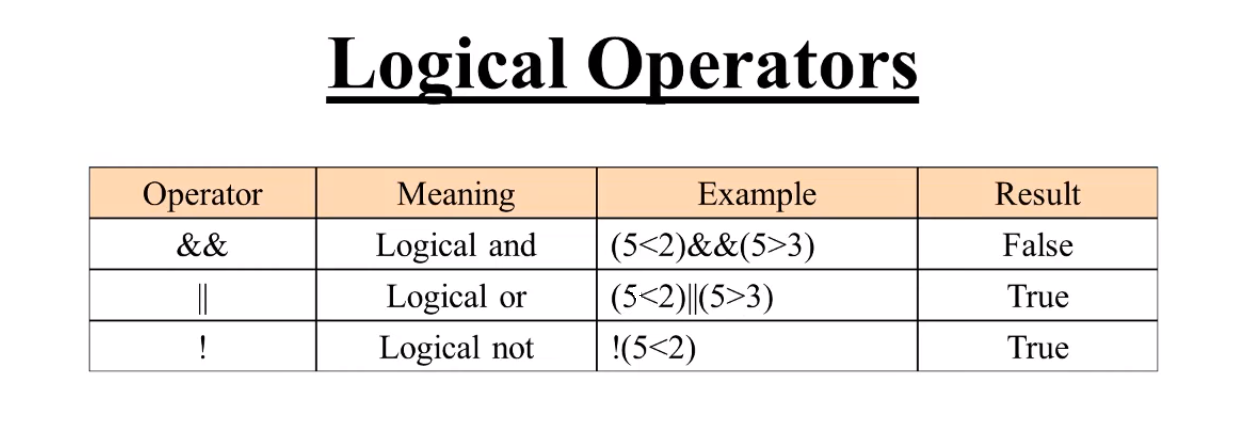
C++ Logical Operators Explained with the Code Examples.
Introduction to Logical Operators in C++
In C++, logical operators are essential building blocks that allow you to perform logical operations on Boolean expressions. These operators help in making decisions, combining conditions, and controlling the flow of a program. Understanding how logical operators work and how they can be used in C++ is crucial for writing robust and efficient code. In this article, we will delve into the logical operators (&&, ||, and !) with practical examples to illustrate their functionality and demonstrate their usage.
The Logical AND Operator (&&):
The logical AND operator (&&) is used to combine two Boolean expressions. It returns true only if both expressions are true; otherwise, it returns false. Let’s see how it works with examples:
Example 1: Using Logical AND Operator
#include <iostream>
int main() {
bool isSunny = true;
bool isWarm = true;
// Using logical AND operator to check if it's both sunny and warm
if (isSunny && isWarm) {
std::cout << "It's a perfect day for outdoor activities!" << std::endl;
} else {
std::cout << "Maybe another day for outdoor fun." << std::endl;
}
return 0;
}Output:
It's a perfect day for outdoor activities!The Logical OR Operator (||):
The logical OR operator (||) is used to combine two Boolean expressions. It returns true if at least one of the expressions is true; otherwise, it returns false. Let’s illustrate its usage:
Example 2: Using Logical OR Operator
#include <iostream>
int main() {
bool hasCoffee = false;
bool hasTea = true;
// Using logical OR operator to check if the person has either coffee or tea
if (hasCoffee || hasTea) {
std::cout << "We have your favorite beverage ready!" << std::endl;
} else {
std::cout << "Sorry, no coffee or tea available at the moment." << std::endl;
}
return 0;
}Output:
We have your favorite beverage ready!The Logical NOT Operator (!):
The logical NOT operator (!) is a unary operator used to negate a Boolean expression. It converts true to false and false to true. Let’s explore its application:
Example 3: Using Logical NOT Operator
#include <iostream>
int main() {
bool isRaining = true;
// Using logical NOT operator to check if it's not raining
if (!isRaining) {
std::cout << "Let's go for a walk!" << std::endl;
} else {
std::cout << "Better stay indoors today." << std::endl;
}
return 0;
}Output:
Better stay indoors today.Combining Logical Operators:
Logical operators can be combined to form complex conditions for decision-making in your code. Parentheses can be used to control the order of evaluation. Let’s see an example of combining logical operators:
Example 4: Combining Logical Operators
#include <iostream>
int main() {
int age = 25;
bool hasLicense = true;
// Using logical AND and NOT operators to check if the person is eligible to drive
if (age >= 18 && hasLicense) {
std::cout << "You are eligible to drive!" << std::endl;
} else {
std::cout << "You cannot drive at the moment." << std::endl;
}
return 0;
}Output:
You are eligible to drive!Conclusion
Logical operators (&&, ||, and !) are indispensable tools for controlling the flow of your C++ programs based on Boolean expressions. By combining these operators in various ways, you can make informed decisions and create more flexible and robust code. Understanding how logical operators work and practicing their usage through examples will make your code more efficient, readable, and maintainable. As you progress in your C++ journey, logical operators will continue to be valuable assets in tackling complex decision-making tasks.